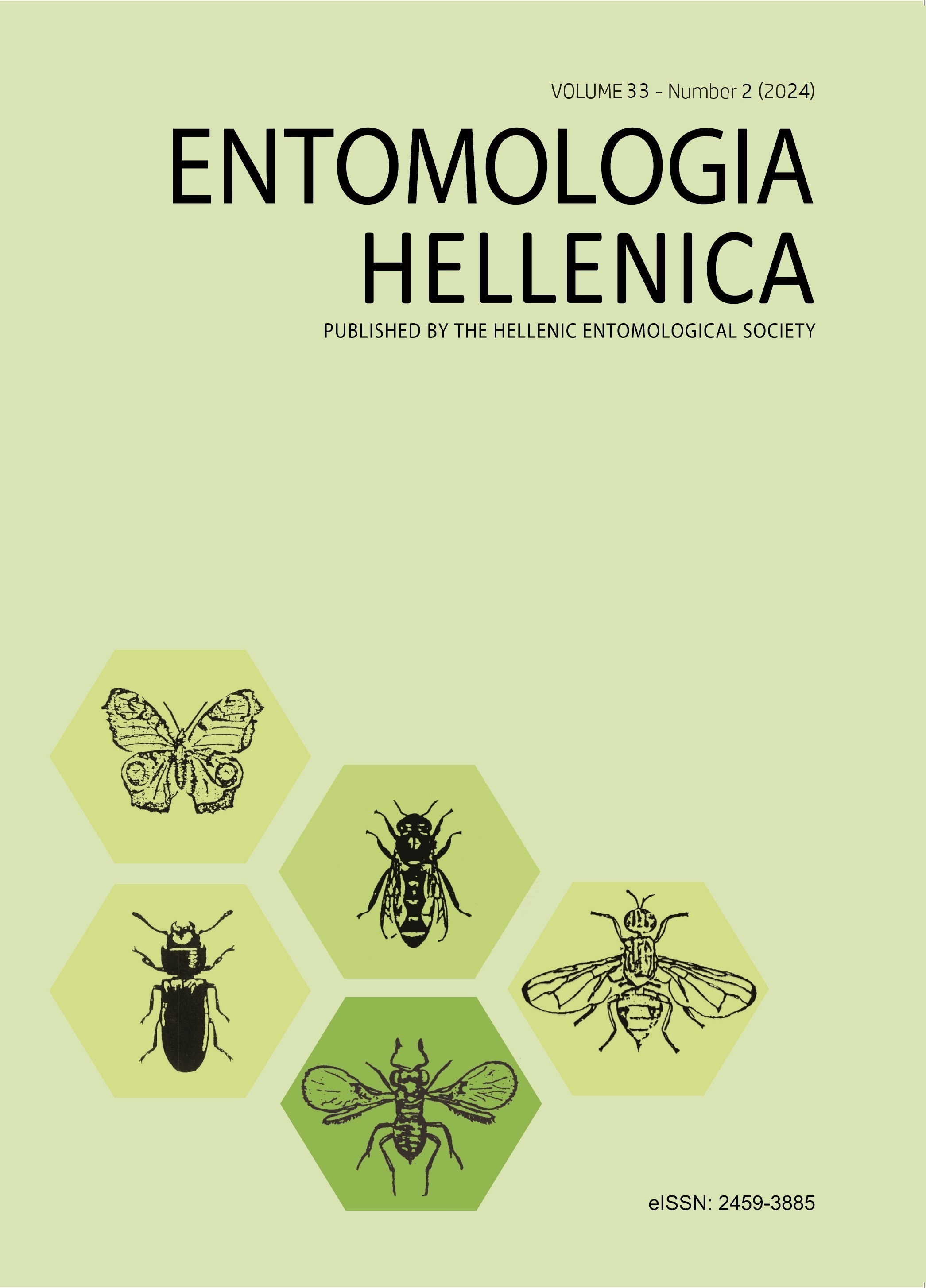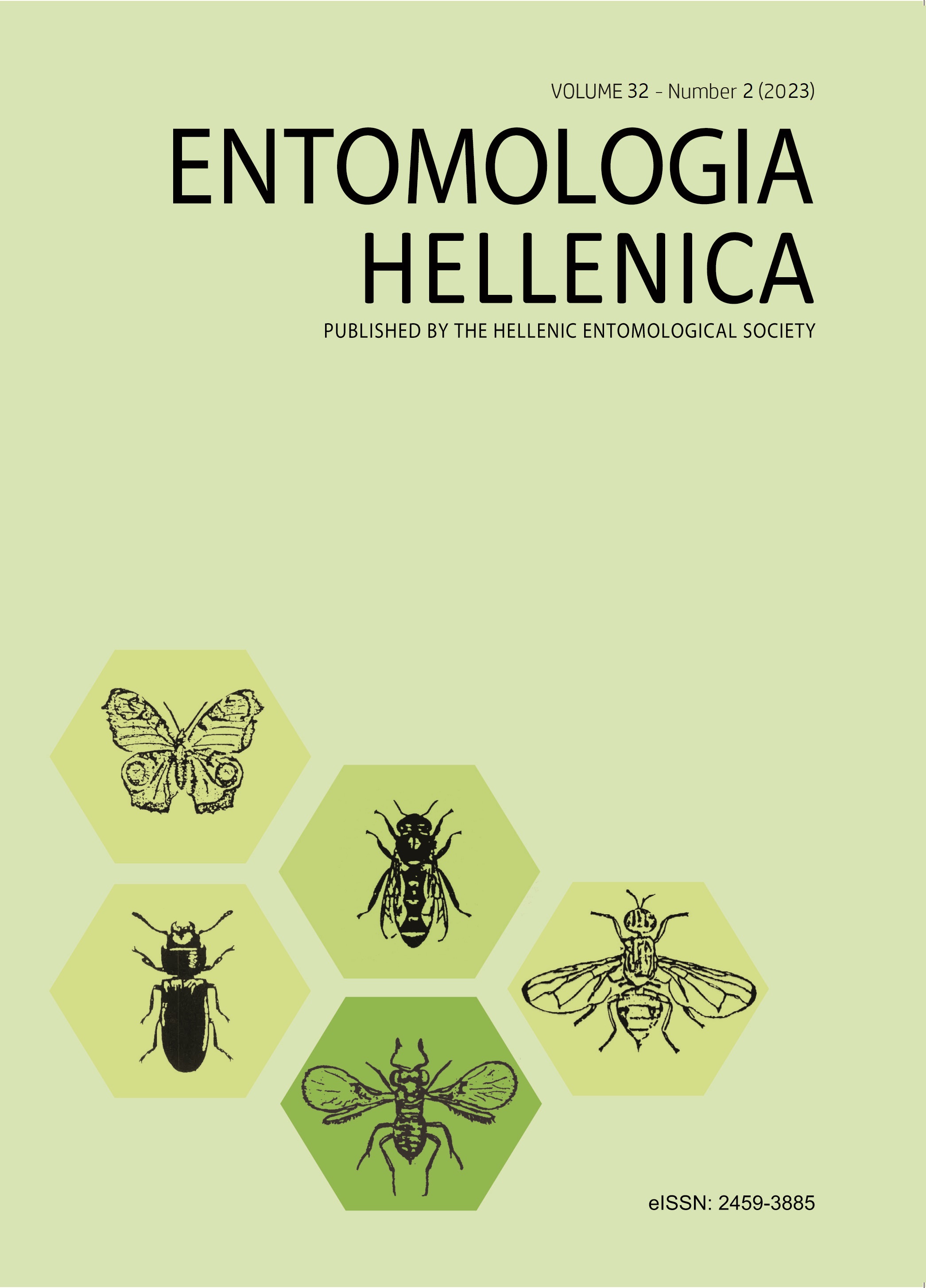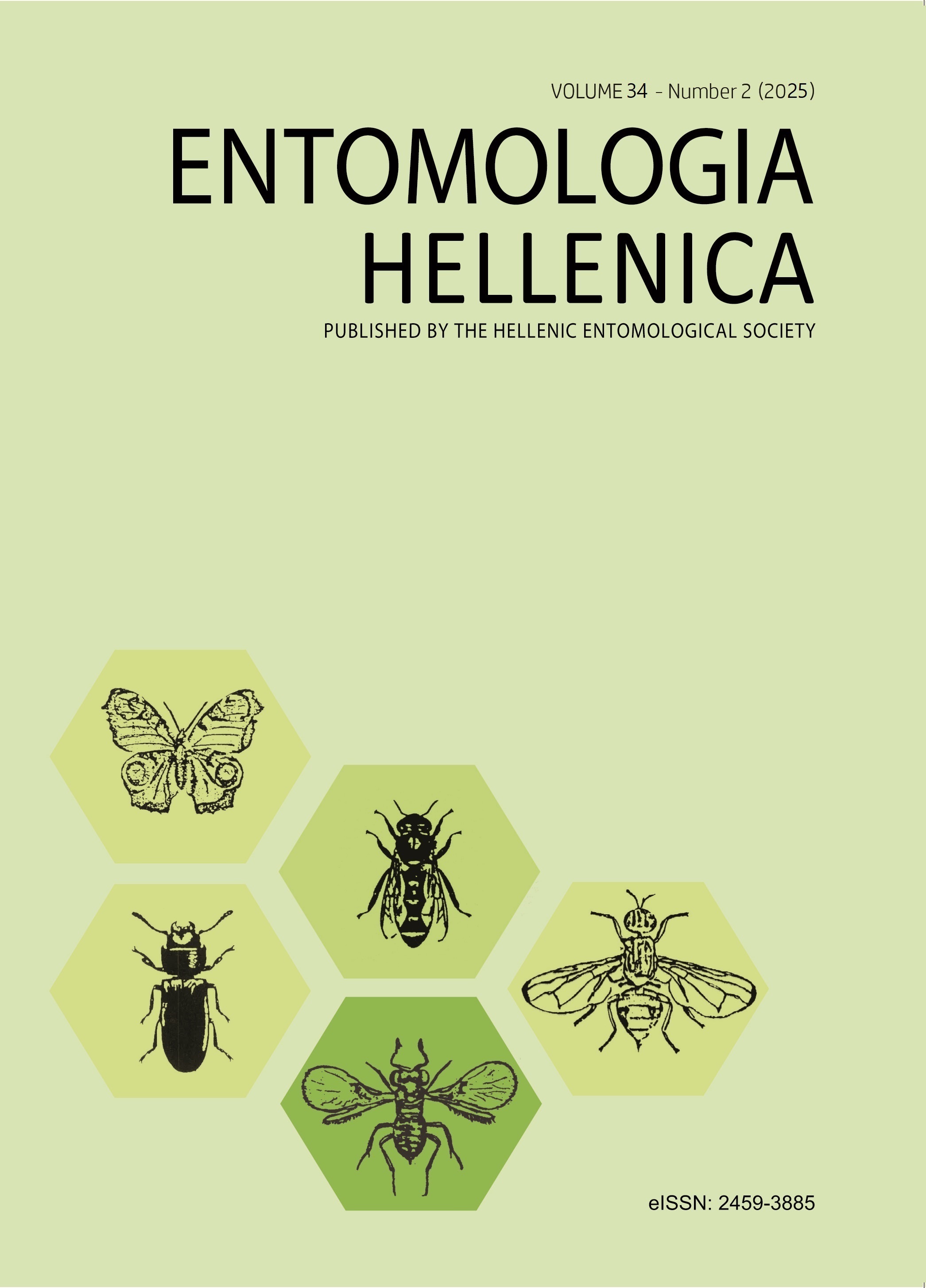Insecticidal activity of garden waste compost tea against Aphis craccivora (Koch) aphids In vitro and in silico study

Abstract
Aphids are important pests of many crops. However, the use of chemical insecticides has provoked ecological and health problems, thus the valuation of natural products becomes an interesting alternative. Compost teas are organic products that are viewed as substitutes for common pesticides. The present study aims to screen the potential insecticidal effect of garden waste compost tea, through in vitro and in silico approaches. Five concentrations of a compost tea (20, 40, 60, 80 and 100%) were tested against Aphis craccivora, in comparison to negative and positive controls. The repellency and toxicity tests were conducted under laboratory conditions. Moreover, an evaluation of the inhibitor capacity of some compost compounds against acetylcholinesterase was carried out using molecular docking. Results revealed that compost had a very weak insecticidal effect against A. craccivora (where the corrected mortality did not exceed 24%) compared to the tested chemical pesticide. Furthermore, the repellency test showed that the compost had some repellency effect in comparison to the tested chemical pesticide which had an attractant effect. Concerning the results of the molecular docking, pirimicarb (active molecule of pesticides) recorded a better S score than the three compost compounds.
Results revealed that compost had a very weak insecticidal effect against A. craccivora (where the corrected mortality did not exceed 24%) compared with the tested chemical pesticide. Furthermore, the test of repellency showed that compost had some repellency effect in comparison with the tested chemical pesticide which seems to have an attractant effect. Concerning the results of the molecular docking, pirimicarb (active molecule of pesticides) recorded a better S score than the three compost compounds.
Article Details
- How to Cite
-
LEBBAL, S., BENHIZIA, T., PÉREZ-SÁNCHEZ, R., & Remedios Morales Corts, M. (2024). Insecticidal activity of garden waste compost tea against Aphis craccivora (Koch) aphids : In vitro and in silico study. ENTOMOLOGIA HELLENICA, 33(2), 78–89. https://doi.org/10.12681/eh.37918
- Section
- Articles

This work is licensed under a Creative Commons Attribution-NonCommercial-ShareAlike 4.0 International License.
Authors who publish with this journal agree to the following terms:
Authors retain copyright and grant the journal right of first publication with the work simultaneously licensed under a Creative Commons 4.0 license.
Authors are able to enter into separate, additional contractual arrangements for the non-exclusive distribution of the journal's published version of the work (e.g. post it to an institutional repository or publish it in a book), with an acknowledgement of its initial publication in this journal. Authors are permitted and encouraged to post their work online (preferably in institutional repositories or on their website) prior to and during the submission process, as it can lead to productive exchanges, as well as earlier and greater citation of published work.




